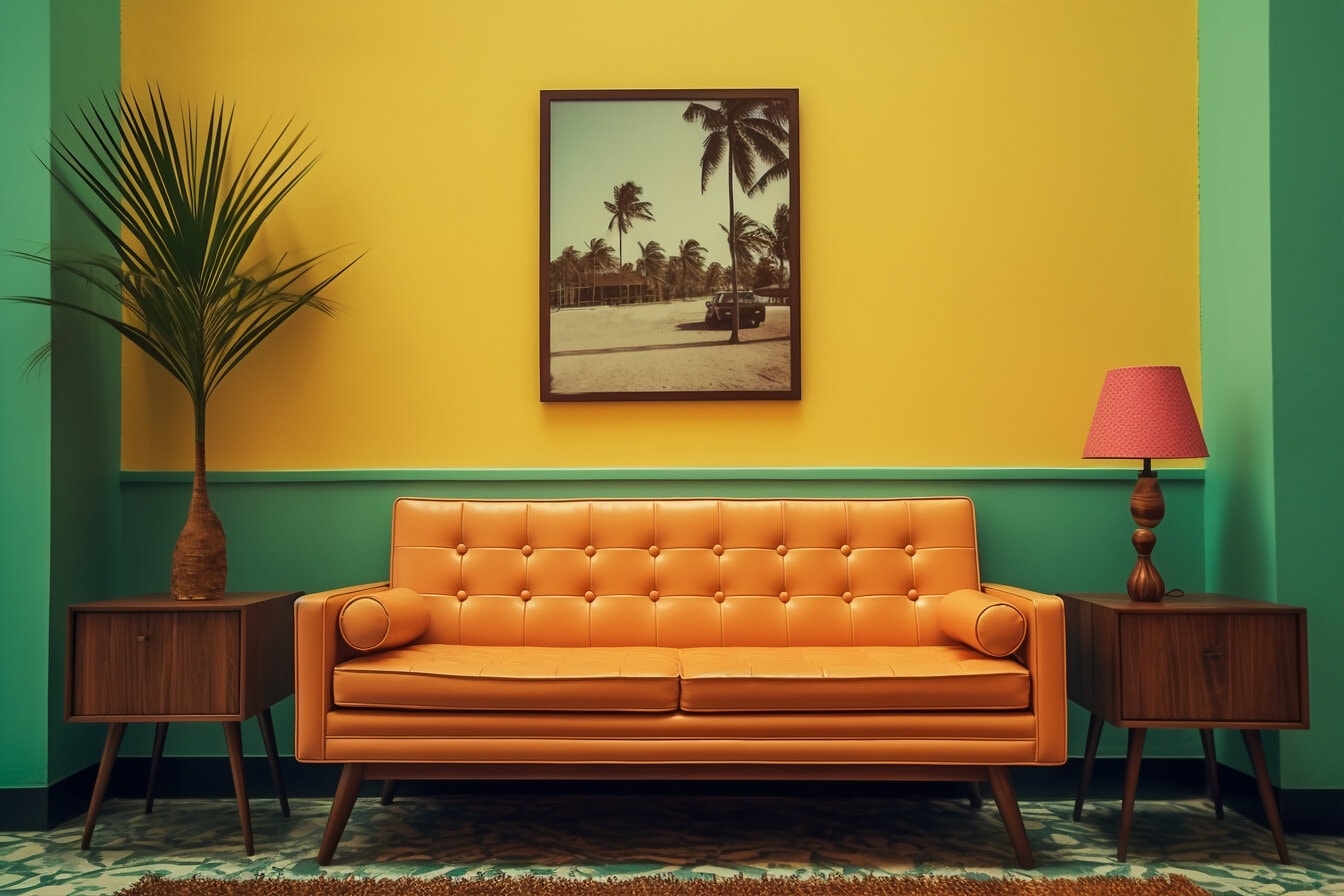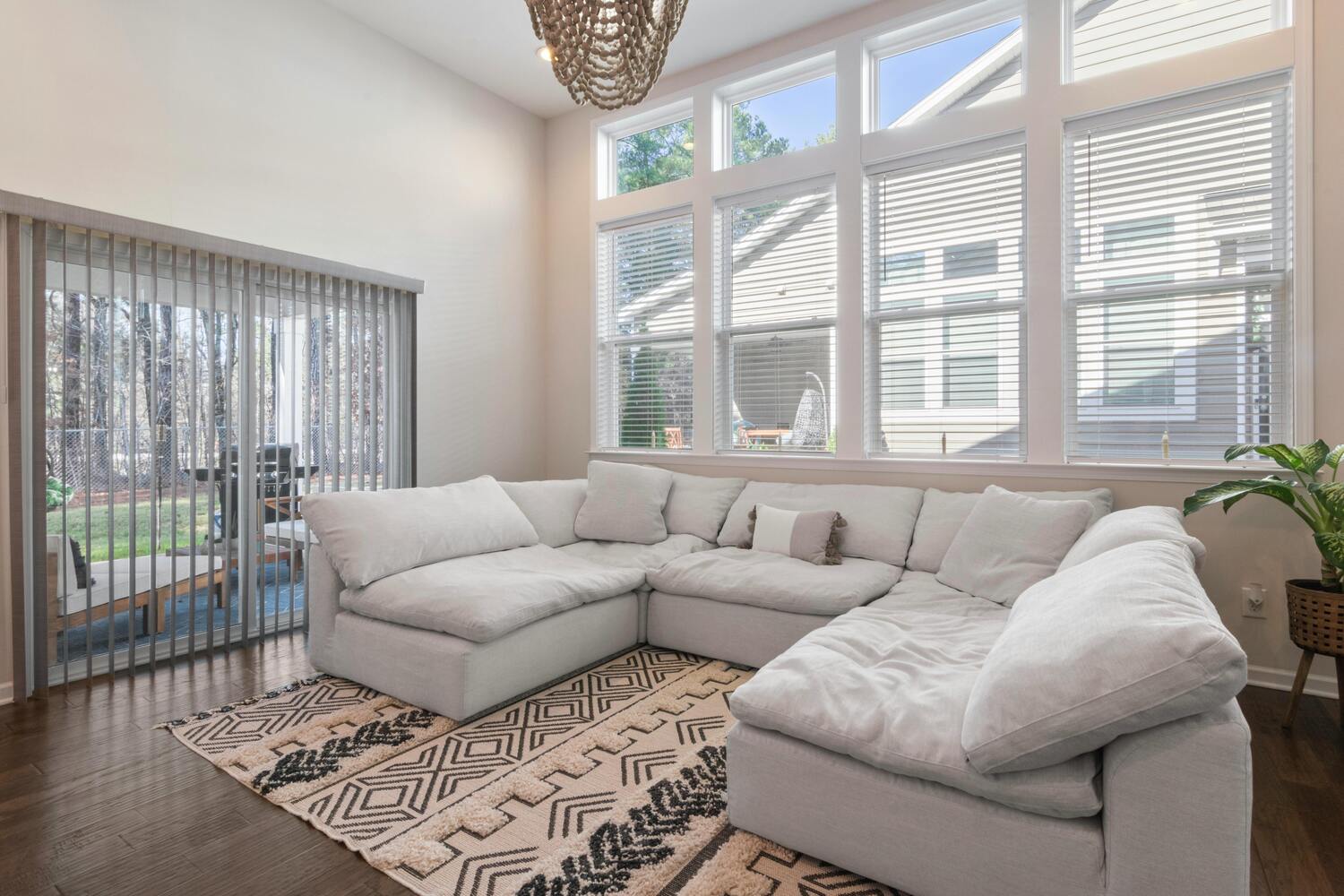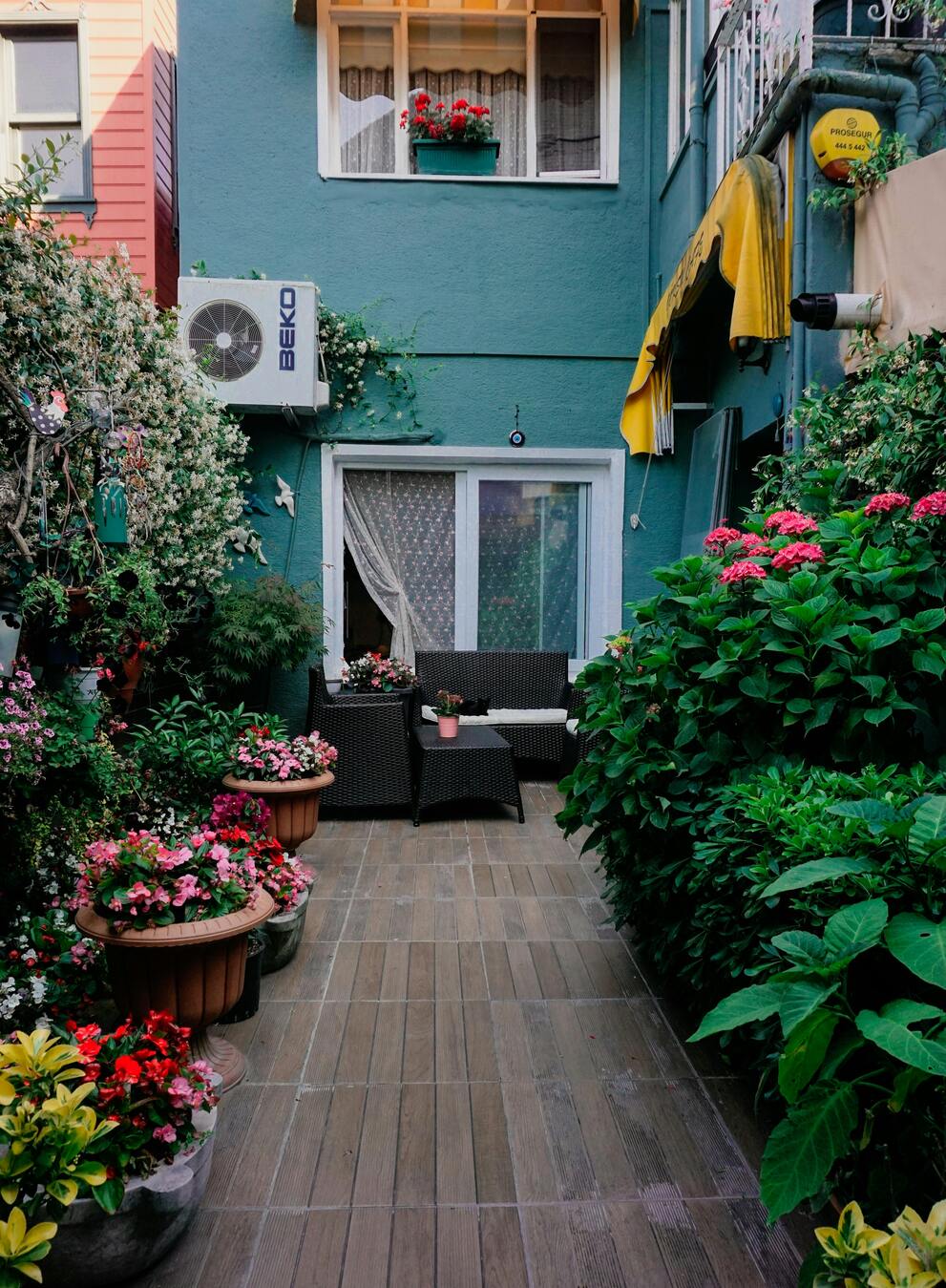
The Iconic 1950s Home: A Look Back at Mid-Century Living
The 1950s were a transformative decade for architecture and interior design. After World War II, the post-war boom sparked suburban development, and with it, a distinct architectural style emerged. The homes of the 1950s reflected the optimism, technological advancements, and evolving lifestyle of the time. Let’s take a look at what made houses in the 1950s so iconic and enduring.
1. Ranch-Style Homes: The Suburban Dream
One of the most popular housing styles of the 1950s was the ranch-style home. These one-story houses, with their long, low profiles, were designed for suburban living, offering easy access to the growing number of homeowners seeking space and comfort after the war. The ranch home was simple, functional, and affordable, making it perfect for the American family.
Key Features of 1950s Ranch-Style Homes:
- Single-story layout, often in an L or U shape
- Open floor plans that encouraged family interaction
- Large picture windows to let in natural light
- Sliding glass doors leading to the backyard, emphasizing indoor-outdoor living
- Low-pitched roofs and wide overhanging eaves
- Brick or wood siding with minimal ornamentation
2. Mid-Century Modern Design: Sleek and Futuristic
While the ranch was a more traditional suburban staple, mid-century modern design gained popularity among forward-thinking homeowners and architects. Mid-century modern homes were defined by clean lines, flat planes, and large glass windows that invited nature into the living space. This style emphasized simplicity and integration with the environment.
Key Features of Mid-Century Modern Homes:
- Flat or slightly pitched roofs
- Open floor plans with minimal interior walls
- Floor-to-ceiling windows, creating a seamless connection between indoors and outdoors
- Use of new materials like steel, plywood, and concrete
- Post-and-beam construction, allowing for expansive open spaces
- Simple, uncluttered interiors with functional furniture
3. Pastel Colors and Bold Patterns
The interior design of 1950s homes was vibrant and colorful, reflecting the optimism of the era. Kitchens, living rooms, and bathrooms often featured pastel color palettes—mint green, baby blue, pink, and yellow were popular shades. Bold patterns, such as atomic-inspired starbursts, geometric shapes, and polka dots, decorated everything from wallpaper to upholstery.
The '50s also saw a rise in the use of Formica countertops and vinyl flooring in bright colors and patterns, which made home maintenance easier while adding a cheerful aesthetic to the space.
4. Technological Innovation in the Kitchen
The kitchen became the heart of the 1950s home, thanks to the arrival of new appliances and technologies that made housework easier. Post-war advancements in manufacturing brought sleek, streamlined appliances like dishwashers, electric stoves, and refrigerators with freezer compartments, which were considered luxurious additions at the time.
Kitchens were designed for efficiency, with a focus on space-saving solutions, such as built-in cabinets, breakfast nooks, and countertop appliances. The "futuristic" look was a nod to the Space Age, with chrome accents, curved lines, and glossy finishes.
5. Indoor-Outdoor Living: The Birth of the Backyard
The rise of suburban living in the 1950s also gave birth to the American love for the backyard. Homes were built with larger plots of land, allowing space for gardens, patios, and lawns. The sliding glass doors common in ranch-style homes created a connection between the living room and the backyard, encouraging outdoor activities like barbecues and family gatherings.
Outdoor living spaces became an extension of the home, with many houses featuring patios, picnic tables, and the classic charcoal grill—a staple of 1950s summer fun.
6. Car Culture and the Attached Garage
With car ownership on the rise, the 1950s saw the integration of the attached garage into home design. No longer a separate structure, garages became a prominent feature of the house, often located at the front or side, with automatic garage doors offering convenience. Driveways also grew wider to accommodate multiple vehicles, reflecting the growing dependence on cars for suburban families.
7. The Rise of the Television Room
By the late 1950s, television had become a central part of family life, and many homes began to include a TV room or den. These cozy, informal spaces were designed for leisure, often featuring comfortable armchairs, sofas, and large entertainment units to house the television and other electronics.
This era also saw the introduction of sectional sofas, allowing families to sit together comfortably while watching their favorite programs.
Conclusion
The 1950s home was a reflection of a changing America—one that embraced modernity, technological innovation, and the suburban lifestyle. With its open floor plans, colorful interiors, and emphasis on family and leisure, the architecture and design of the era remain influential today. Whether through the enduring popularity of ranch-style homes or the sleek, minimalist appeal of mid-century modern design, the 1950s house continues to inspire homeowners and designers alike.
Recent articles from Interior Design

The Rewards of Minimalist Lifestyles: Use Simplicity to Have More In Life
Minimalist Living provides a breath of fresh air in the world where consumers are overindulging and things are disorganized. Through simplicity, intentional living and sticking to the basics, mi...

Creating a Cozy Reading Nook: Your Personal Escape
Seeing and feeling like a content book sometimes takes being in seclusion with a cozy nook. An experienced reader would want to have doors and windows that can breathe into their bodies thus mak...

Outdoor Living Space Ideas: Transforming Your Backyard into an Oasis
Developing an enchanting outdoor living space is an excellent means of extending your home’s usable area while at the same time taking pleasure in nature from your backyard. From large gardens t...